
Could Iranian Protestors Force Regime Change?
Signs of unrest continue in Iran despite the government’s insistence that the protests are over.
The protests, which began in December, have spread to more than 70 cities and towns. Protestors come from the lower and middle classes, and nearly all are younger than age 25. Hundreds of people have been arrested and at least 20 have been killed.
The worst of the violence took place in smaller cities, where protestors attacked law enforcement and state facilities like banks.
“It’s one thing to do that in the big city, where you can get lost in the crowd, but it’s something else to do it in a place where you are very easily identifiable. I think it shows they have lost fear of the state itself, which is a very big deal,” says Narges Bajoghli, author of Anxieties of Power: Sustaining the Revolution in Iran.
Iranian soldiers and local authorities have managed to quell most of the violence, but recent social media posts show protestors burning ID cards and utility bills. These images are reminiscent of similar demonstrations held during the Vietnam War in the 1960’s, when the burning of draft cards came to symbolize resistance to the war.
Protestors’ grievances are mostly economic in nature, including high unemployment (40-60% in some areas), inflation, and mass corruption within the banking industry. Protestors blame the stagnant economy on Supreme Leader Ayatollah Ali Khamenei, but have also criticized President Hassan Rouhani for policies that benefit the rich and take from the poor. Dissidents are also frustrated with what they see as a waste of resources in Syria, Yemen, and Lebanon.
“The rage among Iranians should come as no surprise,” writes Politico’s Alireza Nader. Today’s unrest follows decades of greed, repression, and mismanagement. Federal water policies have destroyed lakes and rivers, and Iranian cities are among the most polluted in the world. International sanctions, applied in response to Iran’s nuclear program, are another key factor in the struggling economy.
More than anything else, the protests are a clear sign that the Islamic Republic is no longer able to control its people.
“The current revolt may not lead to the immediate collapse of the regime, but we are witnessing the death throes of the Islamic Republic,” writes Nader. “Even if the uprising ends today, it is but one step in a long struggle to achieve a more representative, democratic, and popular government.”
America’s Response
Iran is a big dog in the Middle East, but its people clearly resent its religious, economic, and social policies. This could provide President Trump with a rare chance to increase leverage against Iran.
According to WH Press Secretary Sarah Huckabee Sanders, the Administration’s top goals for Iranian leaders are achieving “basic rights” for the peopled and ending the sponsorship of terror.
“Such respect for the people of Iran as they try to take back their corrupt government,” tweeted Trump on Wednesday. “You will see great support from the United States at the appropriate time!”
Trump’s support for the protestors was met with condemnation from Iranian leaders, who have blamed foreign powers including the US and Saudi Arabia for fueling the unrest.
Critics have urged Trump to keep quiet, but the way I see it, the more attention we bring to the protests, the more likely Tehran will be forced to show restraint.
“[This is] not a moment for anyone other than the Iranian people. It’s important that we stand in solidarity with them and try to provide them whatever support we can,” says Senator Tom Cotton (R-AR).
A key element of US support for the dissidents will be to ensure sufficient broadcast programming to counter the regime’s claims. This could be difficult following the regime’s restriction of social media sites including Facebook and Twitter. Instagram and Telegram (a messaging service) were completely blocked on the fourth day of protests.
The unrest in Iran could also affect Trump’s upcoming decision on whether to certify Iran’s compliance with the nuclear deal and his January 12th deadline on whether to renew a temporary waiver for US sanctions on Iran. The former decision must occur every 90 days, and the latter every 120 days for the next several years.
Trump decertified Iran’s compliance in October and is likely to do so again. It is unclear whether he will waive or renew the sanctions this month.
“We certainly keep our options open in terms of sanctions,” said Huckabee Sanders.
—
The UN will hold an emergency meeting later this week to discuss the situation.
Editor’s note: The pressure is on, but Iran could be brutal in putting the protests down. The question is: How determined are the protestors?




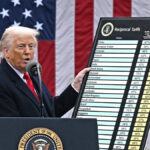
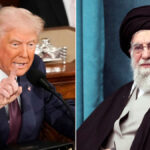
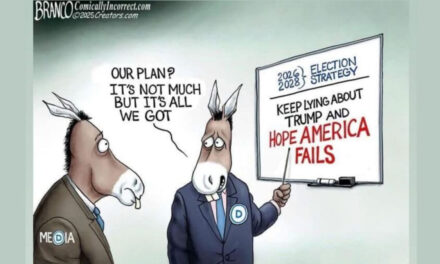





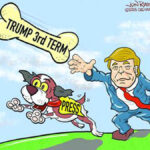

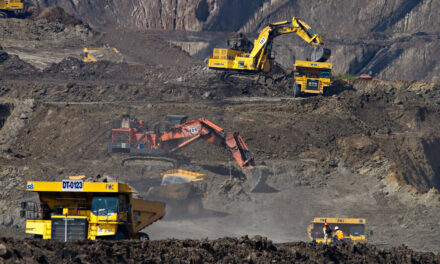
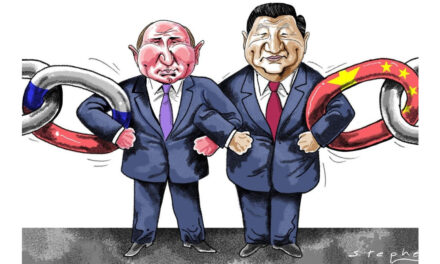





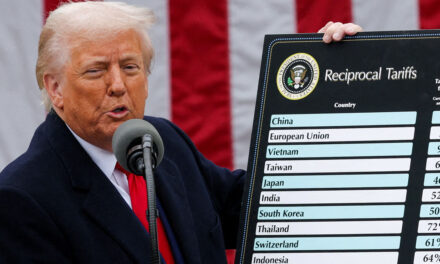

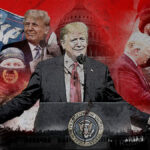


Tempest in a tea pot, Mountain out of a mole hill. Why do the right wing trouble makers pick minor…
When a tree falls in the forest and nobody hears it, does it make a noise? Maybe that's what this…
Seth. Intelligent debate tactics from your comments. Strictly sticking to the pertinent facts argument points raised by Larry is a…
At last Larry has been heard from with "Leave a Reply". We know Larry is the author of the Reply…
Trump is probably the most fit President we have had in the White House for a President at any age.…